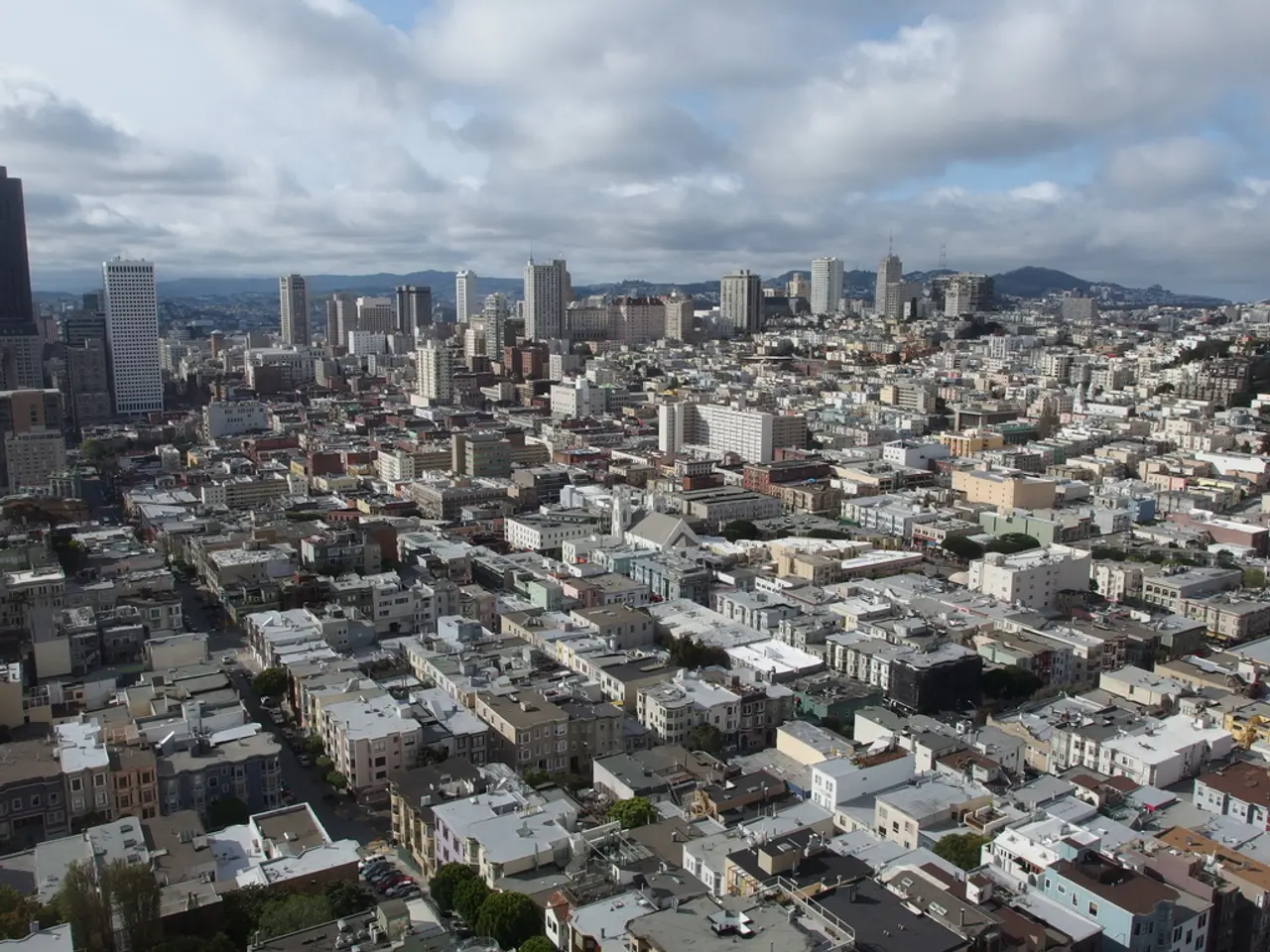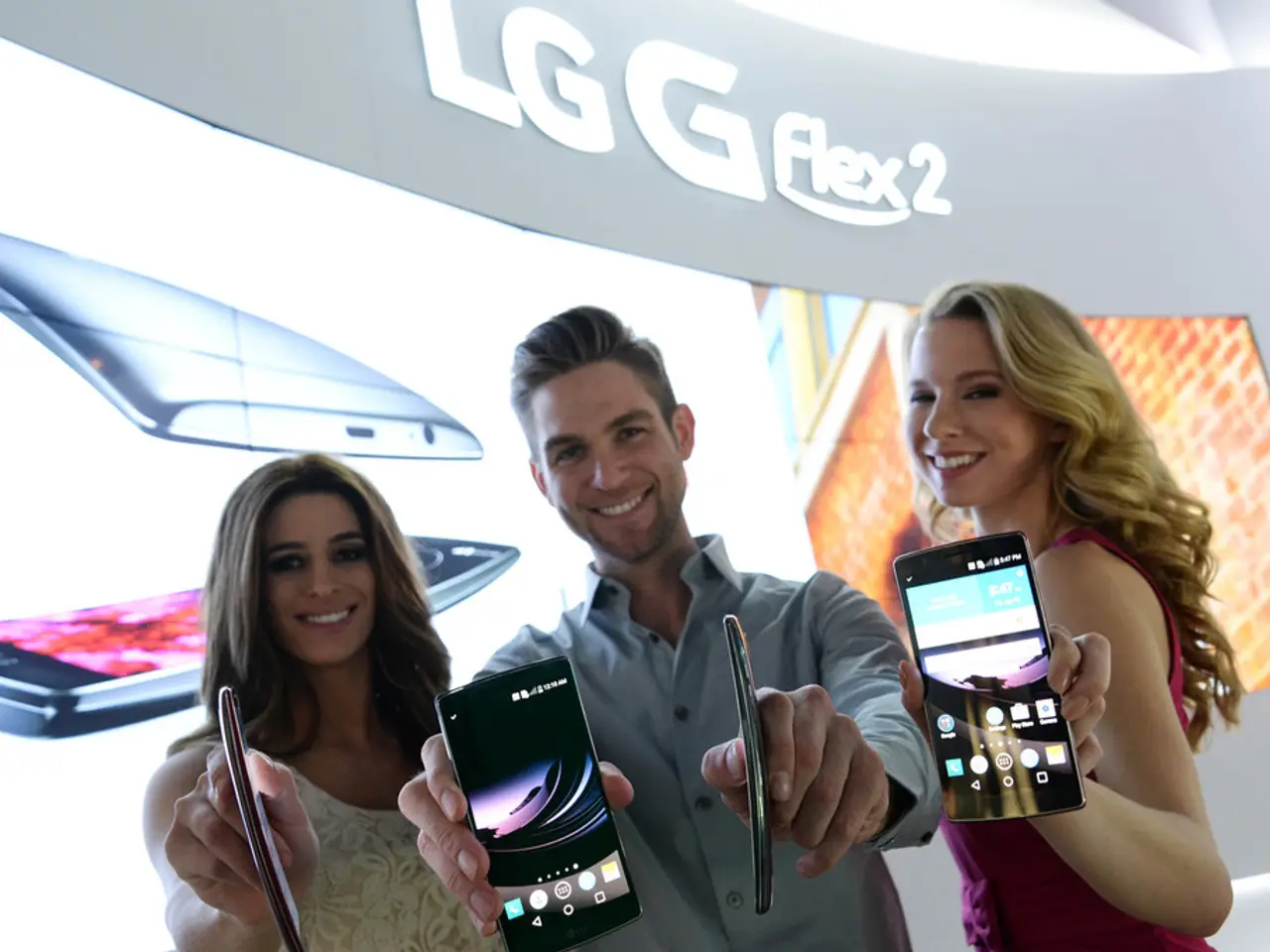By 2024, Advertising Agencies Will Be Spurred to Develop Innovative Skills and Expand Their Reach and Capacities
Rebranded Forces: The Rise of Giant Creative Agencies
VMLY&R + WT, the merger of two powerful forces, is more than just a simple addition. It's a multiplier of impact. WPP seeks to dominate the industry with the most streamlined yet comprehensive offering, and VML is their key to achieving this goal.
According to Jon Cook, the CEO of VML, joining forces with another shop creates a colossal entity far greater than the sum of its parts. VML not only offers a diverse array of capabilities but also boasts an impressive scale with over 30,000 employees worldwide, making it the largest creative agency in the world.
In the year 2023, the advertising landscape saw numerous players, both holding companies and independent agencies, vying for scale. Dentsu's consolidation effort resulted in Dentsu Creative, a united powerhouse showcasing all its capabilities under one roof. Stagwell transformed four agencies into Crispin Porter + Bogusky for similar reasons. Omnicom's media agencies capitalized on the "agencies-as-a-platform" mentality, emphasizing scale. Other notable moves included Majority selling a 30% stake to WPP and Uncommon selling a majority stake to Havas to expand their footprint in the US.
The Consolidation Wave
The advertising industry is experiencing significant consolidation due to competitive pressures and the need for scale. Holding company mergers, like the proposed Omnicom-IPG merger, aim to compete through scale, operational overlap reduction, and enhanced capabilities. Private equity-owned agency platforms are aggressively acquiring specialist agencies, driving competition for niche capabilities like AI-driven creative optimization and data analytics. The talent redistribution brought about by mergers provides independent agencies an opportunity to recruit top talent and differentiate themselves through personalized service.
Independent Agency Advantage
Smaller agencies leverage their independence to offer niche creative solutions, bypassing the bureaucratic obstacles of conglomerates. This strategic move aligns with the growing demand for "creative quality over reach" in an AI-driven era where emotional resonance matters more than mass targeting. Additionally, the rising costs and scale advantages of large players provide opportunities for leaner studios and agencies to fill gaps in the market for innovative, risk-averse content.
Evolving Landscape
AI tools are enabling agencies to optimize ad performance by analyzing creative impact, reducing wasted content, and improving creative efficiency. The demand for performance marketing, particularly for measurable ROI in fragmented media landscapes, is driving investment in specialist agencies in this field. The industry's dynamics reflect a trend where similar agencies either consolidate to gain scale or sharpen independents' differentiation through agile, tech-augmented creativity.
- In the wave of consolidation across the advertising industry, Wunderman, as a key component of WPP, can leverage its scale and diverse capabilities to compete effectively.
- The merger between VMLY&R and WT signifies a concerted effort to dominate the industry with a more impactful presence, exemplifying the trend towards larger, consolidated agencies.
- The independent agencies, with their niche creative solutions and agile, tech-augmented approach, find an advantage in the evolving landscape, providing alternatives for innovative, personalized, and risk-averse content.
- The application of AI tools in the advertising sector is enabling agencies to optimize ad performance, improve creative efficiency, and cater to the growing demand for performance marketing in fragmented media landscapes.






